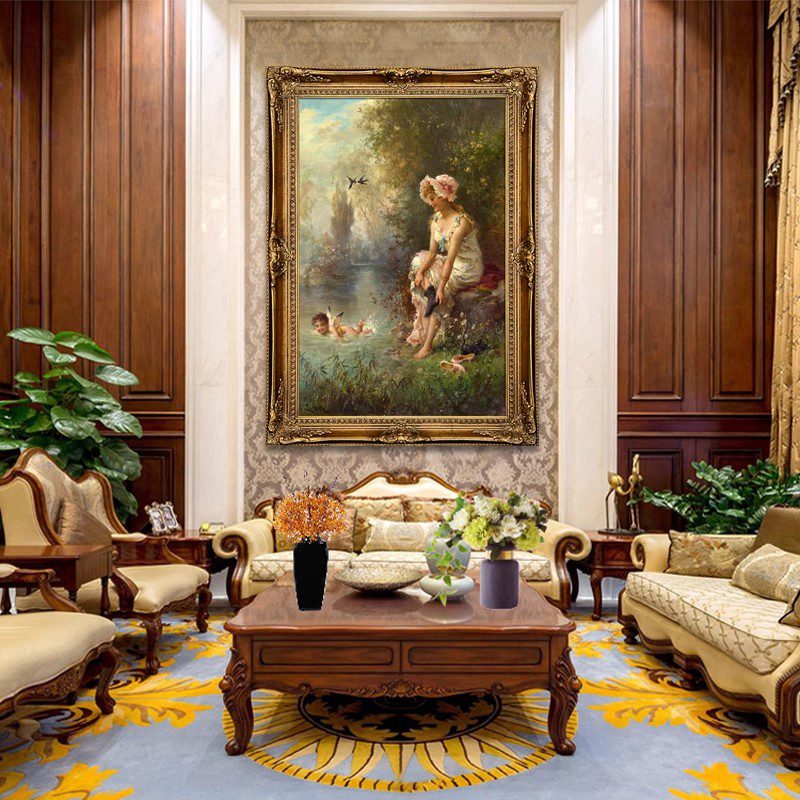Managing Excessive Paint Buildup: Techniques for Smoother, More Even Layers
When paint accumulates too thickly on a surface, it can lead to cracking, uneven drying, or a loss of detail in artwork. This issue often arises from applying too much material at once, using heavy-bodied paints without proper dilution, or working in layers that don’t adhere well. By refining your application methods and understanding how to manipulate thick paint, you can maintain structural integrity while achieving the desired texture or depth.
Lightening Initial Layers to Prevent Overloading
One of the most effective ways to avoid excessive buildup is to start with thinner, more transparent applications. Begin by diluting your paint with a medium appropriate for your chosen type—water for acrylics or watercolors, or a solvent like turpentine for oils. This creates a “wash” that covers the surface evenly without adding bulk. Apply the diluted paint in broad, sweeping strokes, focusing on establishing a base tone rather than opacity.
As you build up layers, gradually increase the paint’s thickness. For example, after two or three washes, switch to a slightly thicker mixture for mid-tones, then reserve undiluted paint for highlights or final details. This gradual progression ensures each layer bonds properly to the one beneath it, reducing the risk of delamination or cracking. If you notice the surface becoming uneven, pause and let the current layer dry partially before continuing, as wet-on-wet applications are more prone to sliding or pooling.
Another strategy is to use a dry brush technique for early layers. After applying a thin wash, lightly drag a nearly dry brush over the surface to remove excess paint and create subtle texture. This not only prevents buildup but also adds visual interest without overwhelming the composition.
Controlling Brushwork to Distribute Paint Evenly
The way you manipulate your brush significantly impacts how paint settles on the surface. When working with thick applications, avoid pressing too hard or using a back-and-forth motion, as this can push paint into ridges or create uneven patches. Instead, use long, single strokes in one direction, lifting the brush slightly at the end to avoid leaving a tail of accumulated material.
For broader areas, consider using a palette knife or a large, flat brush to spread paint more uniformly. These tools allow you to apply pressure evenly across the surface, minimizing the chances of localized buildup. If you’re working on a textured canvas, rotate your brush or knife periodically to ensure paint fills crevices without piling up on raised areas.
When adding details over thick layers, switch to a smaller, stiffer brush. This gives you greater control over paint placement, allowing you to build up texture selectively rather than covering the entire surface. For instance, if you’re adding highlights to a thick impasto area, use a fine brush to dab paint onto specific spots rather than brushing it across the whole section.
Adjusting Drying Times Between Layers for Better Adhesion
Thick paint takes longer to dry than thin applications, and rushing the process can lead to cracking or peeling. To avoid this, allow each layer to dry partially before adding the next. The exact drying time depends on factors like humidity, temperature, and paint type, but a general rule is to wait until the surface is no longer tacky to the touch. For oils, this might take several hours or even days, while acrylics dry faster but still benefit from a brief pause between layers.
If you’re working with multiple colors in quick succession, use a hairdryer on a low, cool setting to speed up drying without altering the paint’s properties. Hold the dryer at least 12 inches away from the surface and keep it moving constantly to prevent uneven heating. Avoid using high heat, as this can cause the paint to bubble or skin over prematurely.
In some cases, you may want to embrace the slow drying time of oils to your advantage. By working wet-in-wet for extended periods, you can blend colors directly on the canvas without worrying about harsh edges. However, this approach requires careful planning to ensure the final layer doesn’t become too thick. If you notice buildup forming, gently scrape away excess paint with a palette knife or the edge of a credit card before it dries completely.
Removing or Redistributing Excess Paint After Application
Even with careful planning, you might occasionally apply more paint than intended. If the layer is still wet, use a clean, dry brush to lift or redistribute the material. Lightly dab or sweep the brush over the area to remove excess paint, then blend it into surrounding sections if needed. For larger amounts, a palette knife can scrape away the top layer while leaving the base intact.
If the paint has already begun to dry but isn’t fully cured, you can still make adjustments. Use a fine-grit sandpaper or an emery board to gently smooth out ridges or bumps. Wipe away dust with a damp cloth before continuing to paint. For oils, which remain workable for longer, you can even add a thin layer of solvent to soften the surface slightly, then use a brush to reshape the area.
In extreme cases where the buildup is causing structural issues like cracking, you may need to remove the problematic layer entirely. Scrape off as much paint as possible with a palette knife, then clean the surface with a solvent or water, depending on the paint type. Let the area dry completely before reapplying a thinner, more controlled layer.
By starting with thin applications, refining your brushwork, managing drying times, and knowing how to correct mistakes, you can prevent or address excessive paint buildup effectively. These techniques not only improve the durability of your artwork but also allow for greater creative flexibility in texture and depth.
